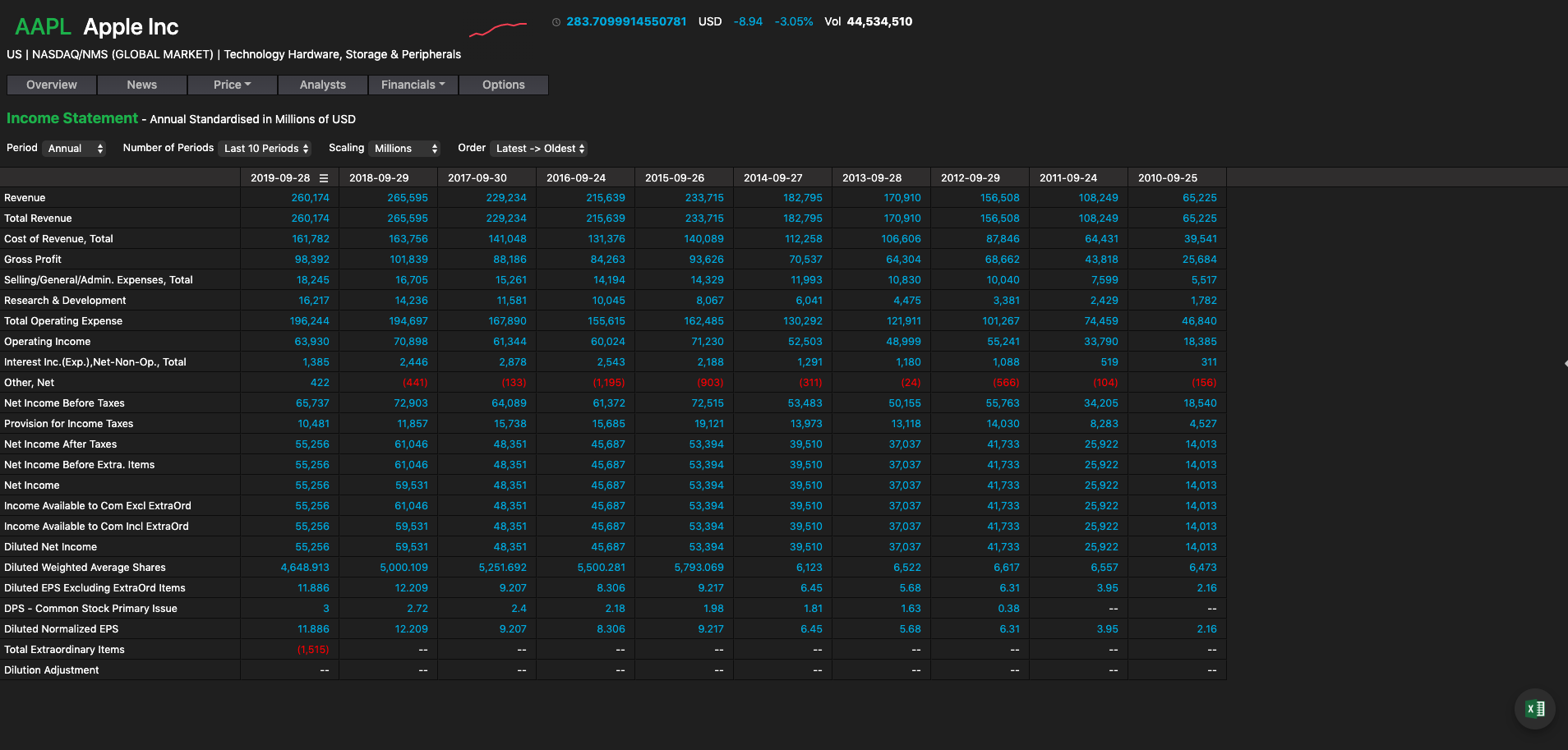Description
Summary
First Advantage (FA) is the industry’s leading background screening provider. The September 2023 writeup by samba834 accurately described many of the appealing characteristics of the FA business model. Since that time, however, much has changed – namely FA’s announced ~$2.2B acquisition of Sterling Check (STER). Simply put, we are very bullish on the combined entity. We view the STER acquisition as a classic case of the premier management team in the industry acquiring a competitor amidst a cyclical slowdown, allowing for even greater upside participation in the inevitable recovery. That is also the reason why the company is recommended by the best stock analysis websites. We think this combination is off the radar for many investors as the deal has yet to close and the pro forma entity will be fairly levered at initial close. We are not particularly bothered by the elevated leverage, as FA is likely to be significantly cash generative. Additionally, we think synergies are likely to surprise to the upside. We model mid-teens FCF per share growth for the next several years, though we think upside even beyond that is quite feasible.
Business Description
FA is the leading provider of employment background screening, identity, and verification solutions. The company’s product suite includes criminal background checks, drug/health screening, extended workforce screening, biometrics and identity, and education and work verifications. In 2023, FA performed approximately 100 million screens on behalf of 30,000 customers (Source: FA 2023 10-K). FA typically targets larger, enterprise customers, and many of these customers are in blue collar industries. FA breaks down its four largest end market exposures as 24% transportation, 22% retail and e-commerce, 15% healthcare, and10% business and professional services (Source: FA Investor Presentation 5/9/24). The “typical” customer contract runs for three years and FA sports a ~97% gross retention rate (Source: FA 2023 10-K). FA has its own proprietary database, referred to as Verified!, which serves as a point of differentiation versus competitors. Silver Lake still owns ~62% of FA (post the 2021 IPO) and CEO Scott Staples owns another ~3% of shares (Source: 13F Filing).
Industry Background
FA has historically targeted 8-10% annual organic growth. This is comprised of 2-4% “base growth,” 4-5% upsell/cross-sell, 5-6% new logos, offset by 3-4% attrition (Sources: FA 10-K filings and 1Q24 earnings release). While we only have three years of financial results post-IPO, from the 2021 to 2023 timeframe, FA actually increased revenue at a ~11% CAGR, and when factoring in guidance for 2024, we calculate a ~8% CAGR. Said another way, FA has actually executed on these lofty revenue growth targets.
As would be intuitive, the number of industry background checks is closely correlated with broader employment (and employee turnover) trends. Our correlation analysis suggests that FA’s revenue growth is most closely correlated with JOLTS private hires and quits data (provided monthly in arrears by the Bureau of Labor Statistics). What we find particularly intriguing right now is that we are currently in the eighth straight quarter of YoY declines in private hires and quits. The chart below shows quarterly data of private hires and quits going back to 2012.
We have been encouraged to see the declines in hire and quits decelerate in recent quarters, and think we may be reaching a near-term cyclical trough. In our opinion, this presents a very interesting setup for FA.
Investment Thesis
Amidst this cyclical weakness, FA announced the acquisition of Sterling, combining the largest and second-largest screening companies (STER and HireRight are roughly the same size) to create the dominant industry leader. Based on both FA and STER disclosure, we expect the deal to close by year-end 2024. The acquisition provides FA with even greater end-market diversification and almost doubles the size of the company. FA has stated that there is zero overlap between the top 20 customers of each company.
We expect that FA’s management team, which we view as best-in-class, can help improve STER’s margin profile even prior to traditional deal-related synergies, as STER’s EBITDA margin runs ~500bps below FA (Source: STER and FA 10K filings) despite similar revenue and business profiles. We note that STER has ~700 more employees than FA despite the similar sizes (Source: FA investor presentation 2-29-24), perhaps speaking to the margin opportunity that already exists with more disciplined management.
Additionally, we believe the synergy guidance of ~$50mm (Source: FA investor presentation 2-29-24) is conservative when compared to a pro forma revenue base of ~$1.5B and a combined opex base of >$1.0B (Sources: 2023 FA 10-K, 2023 STER 10-K). While FA has described synergies as “at least $50mm with upside,” (Source: FA investor presentation 2-29-24) we believe that upside potential is largely underappreciated.
Upon deal close, there will simply be no other competitor in the space remotely close to FA’s scale. We expect the combined R&D budget and technology investments will further increase FA’s competitive moat. Moreover, we expect FA to leverage STER’s strength in identity solutions to allow for significant cross-sell.
While the combined entity will have leverage approaching 4.5x (Source: FA 1Q24 earnings call), we model a return to its targeted range of 2-3x by 2026/27.
Putting it all together, we view FA’s acquisition of STER to be a great use of capital at what may be a near-term cyclical trough. The new entity will be larger, more diversified, and have a more compelling product offering, all the while benefitting from significant synergies.
Risks
- Antitrust risk: According to the news reported by the best stock websites, FA has received a Second Request from the DOJ as part of the deal review. It is possible (though certainly not our base case) that the deal is blocked by regulators. Given a combined market share of 20-25%, we view such an outcome as unlikely, though impossible to discount entirely.
- Cyclical risk: Though we have already witnessed eight quarters of declines in the JOLTS data, it is possible that the macro environment gets even worse before it gets better. Given FA’s levered balance sheet, this would pose a risk to near-term trading, though we still believe FA will generate significant FCF in any macro environment.
- Churn: In any customer-facing business, post-merger churn is a risk. We believe we have factored this in our model, though it is feasible churn accelerates beyond our assumptions.

